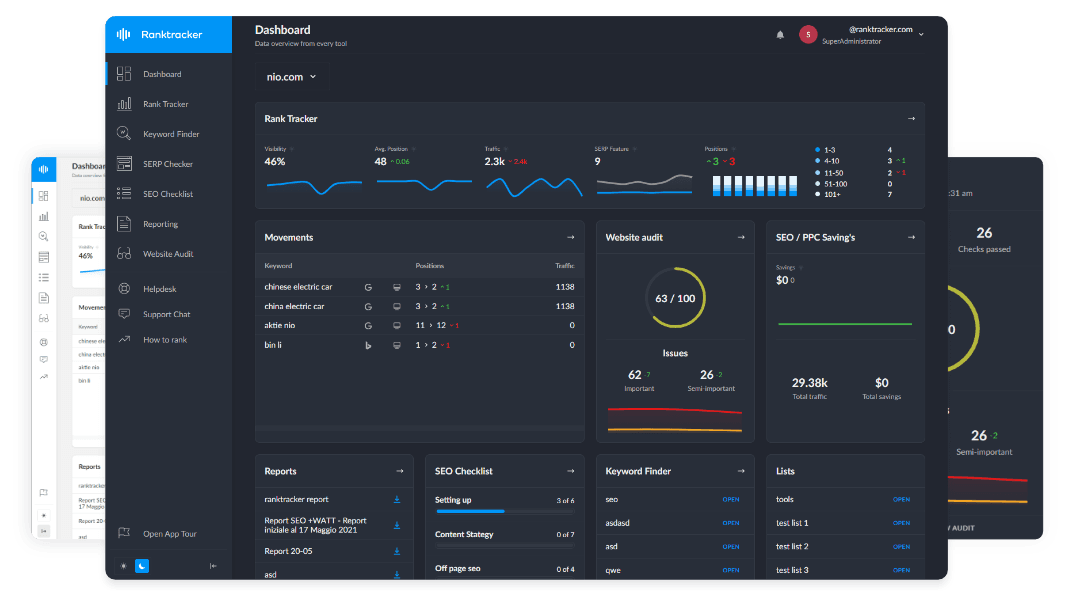Intro
A co-occurrence matrix is a linguistic model used by search engines to analyze how often words or phrases appear together in a given context. By identifying these patterns, Google enhances semantic search understanding and ranks content based on contextual word relationships.
Why Co-Occurrence Matrices Matter for SEO:
- Help search engines understand semantic relationships between keywords.
- Improve content ranking by reinforcing topic relevance.
- Enhance search intent matching by analyzing word associations.
How Search Engines Use Co-Occurrence Matrices
1. Analyzing Word Relationships in Content
- Google identifies which words frequently appear together in relevant content.
- Example:
- "SEO strategy" often co-occurs with "keyword research," "backlink building," and "site optimization."
2. Enhancing Semantic Search & NLP Understanding
- Co-occurrence matrices help Google’s NLP models interpret word relationships.
- Example:
- "Artificial Intelligence" frequently appears with "machine learning," "deep learning," and "neural networks."
3. Boosting Topical Authority & Contextual Ranking
- Content with highly relevant co-occurring words ranks better for related searches.
- Example:
- A "Local SEO Guide" that includes "Google My Business," "NAP consistency," and "local citations" ranks higher for local SEO-related queries.
4. Query Expansion & Search Intent Refinement
- Google uses co-occurrence patterns to expand and refine search queries.
- Example:
- "Best smartphones" may include results for "iPhone 15," "Samsung Galaxy S24," and "budget-friendly smartphones."
5. Anchor Text & Link Optimization
- Internal and external links with co-occurring anchor text boost relevance.
- Example:
- Linking "SEO best practices" to a page about "on-page optimization" strengthens topic authority.
How to Optimize Content Using Co-Occurrence Matrices
✅ 1. Use Natural Language & Related Terms in Content
- Optimize for semantically related words and phrases.
- Example:
- Instead of just "SEO tips," also include "search engine optimization techniques" and "website ranking strategies."
✅ 2. Structure Content for Semantic Relationships
- Organize content so that co-occurring words appear naturally together.
- Example:
- "Content marketing strategy" should include "blogging," "social media promotion," and "email outreach."
✅ 3. Optimize Internal Linking with Contextual Relevance
- Use related terms in anchor text and internal links.
- Example:
- Link "SEO keyword research" to "best keyword research tools."
✅ 4. Implement Structured Data for Entity-Based Relevance
- Schema markup helps Google recognize keyword relationships.
- Example:
- "Best digital cameras" page using Product Schema to associate brands like Sony, Canon, and Nikon.
✅ 5. Monitor Search Console Data for Query Refinements
- Track co-occurrence trends and adjust content accordingly.
- Example:
- If "SEO optimization guide" starts ranking for "search ranking strategies," update content to reinforce related terms.
Tools to Optimize for Co-Occurrence Matrices in SEO
- Google NLP API – Analyze semantic keyword relationships and word patterns.
- Ranktracker’s Keyword Finder – Identify high-ranking co-occurring keywords.
- Ahrefs & SEMrush – Discover content clustering opportunities and keyword relevance.
Conclusion: Leveraging Co-Occurrence Matrices for SEO Success
Co-occurrence matrices help search engines understand word relationships, refine search intent, and rank content based on contextual relevance. By integrating semantically related keywords, optimizing internal linking, and structuring content strategically, websites can achieve higher search visibility and improved user engagement.

